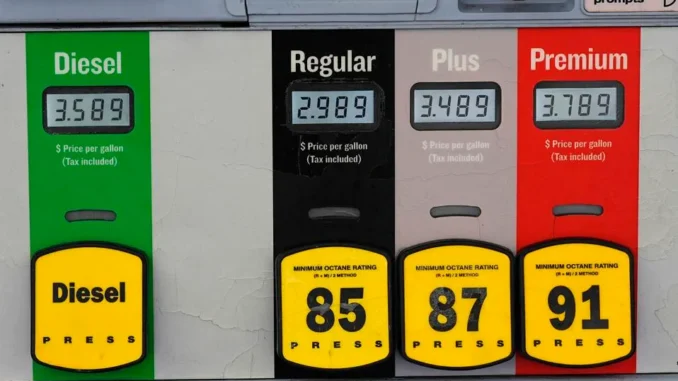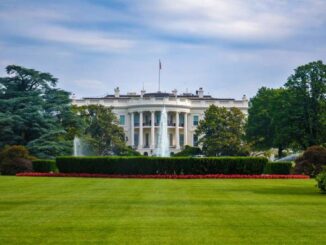
Gasoline prices are on the rise, climbing nearly $0.30/gallon since the beginning of the year. What you may not realize is that this price rise happens nearly every year. In fact, if we look back to 2000, the only time gasoline prices didn’t climb between January and May was in 2020 — when the COVID-19 pandemic collapsed oil prices.
In the fall, the reverse happens. Nearly every year between August and December gasoline prices decline. People tend to notice this during election years, convinced that politicians are manipulating gasoline prices in order to stay in office. To be fair, sometimes they attempt to do that, but there is a more fundamental reason for the annual rise and decline of gasoline prices.
There is a seasonal factor behind the changes in gasoline prices. As someone whose job it once was to blend gasoline for ConocoPhillips, allow me to explain the reasons.
The Environmental Protection Agency (EPA) strategically regulates gasoline blends seasonally to minimize emissions, particularly those contributing to smog, because gasoline evaporates.
The EPA achieves this regulation through seasonal limits on something called the Reid vapor pressure (RVP). The RVP specification is temperature-dependent, because evaporation rates increase at higher temperatures.
To lower evaporation rates of gasoline, the EPA requires lower RVP levels during the summer. While specific RVP limits vary by state, 7.8 pounds per square inch (psi) is a common limit in much of the U.S. during summer.
The summer gasoline compliance date for refiners and product terminals is May 1. Retailers have until June 1 to complete the changeover. This means that refiners spend March and April making the switch, so their tanks are in compliance on the May 1 deadline.



